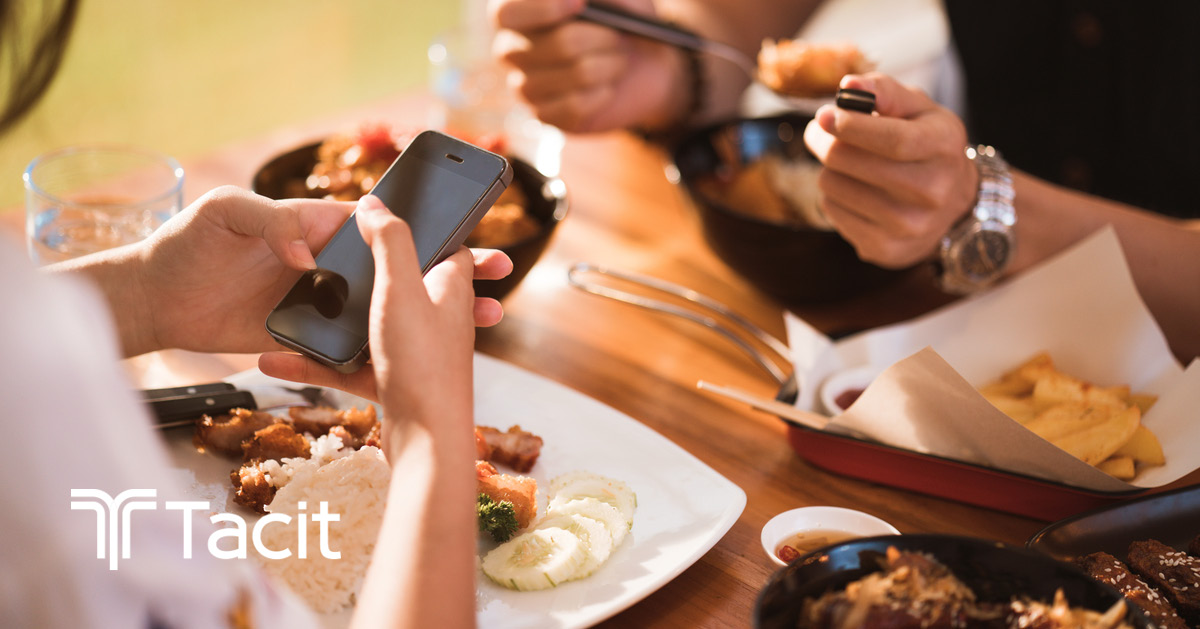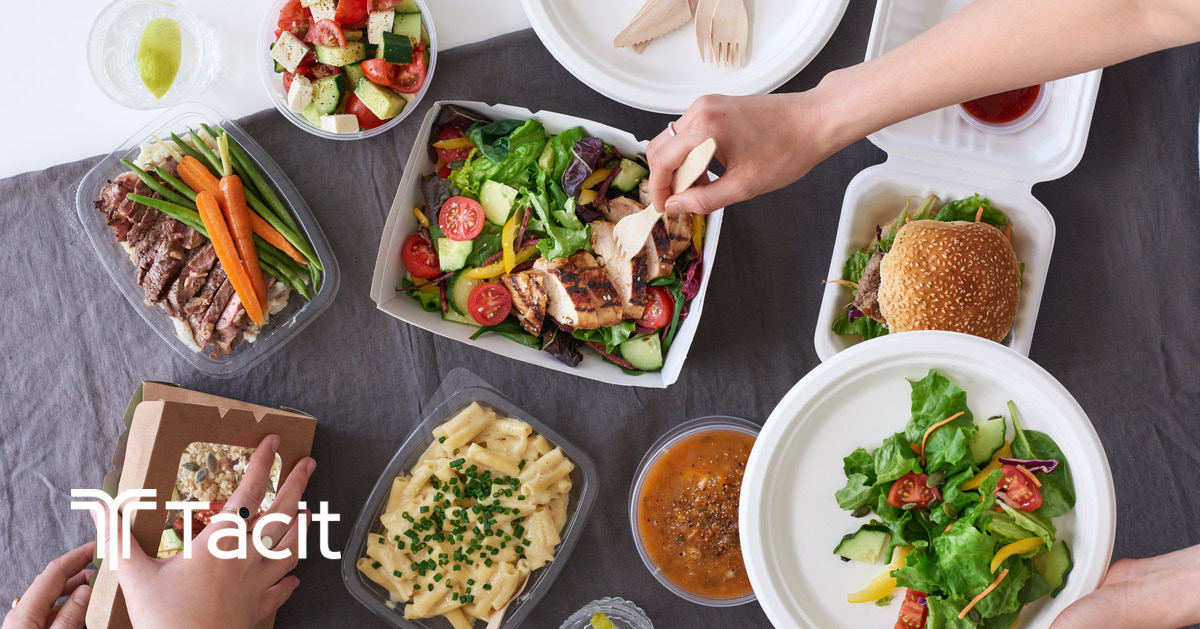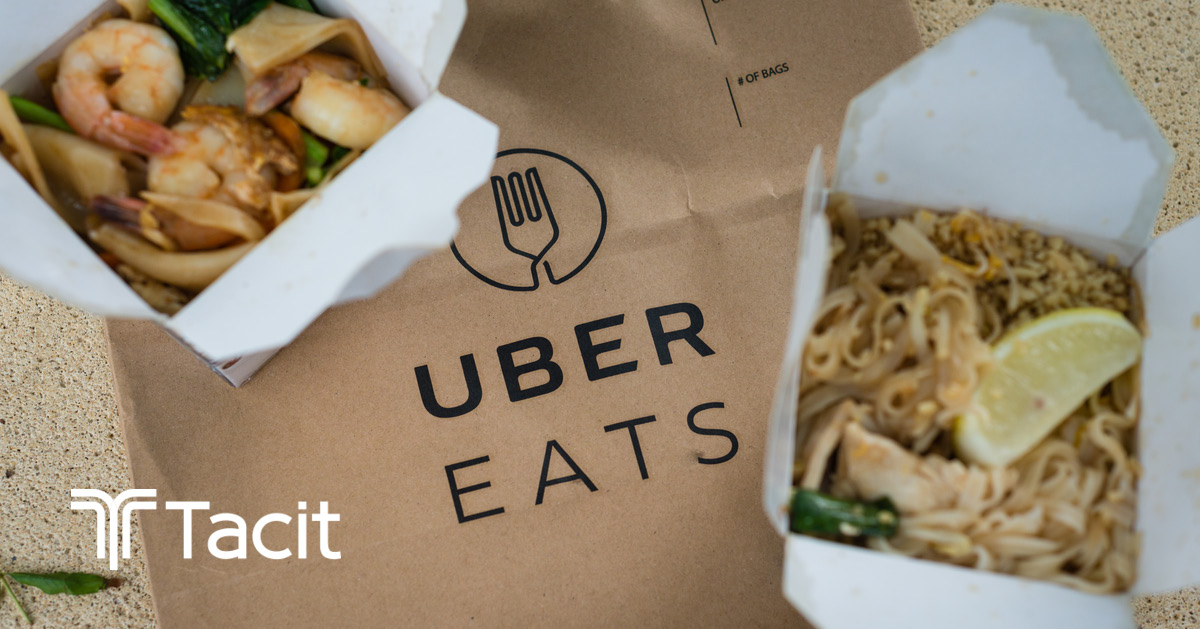Customer loyalty cards and restaurant loyalty programs have become an archetype in modern shopping experiences, and they are ingrained within the restaurant industry as well. Customer loyalty associations can attract new customers, encourage repeat purchases, provide a source for data collection, and help restaurateurs better manage their facilities. Unfortunately, the primary restaurant customer loyalty program, such as a punch card, is simply outdated and represents a key challenge in maintaining consistency in restaurant loyalty programs. Such problems are amplified across multisite portfolios. To maximize profitability and use of online ordering capabilities, restaurateurs need to understand these challenges and how to apply online digital dining technology to build consistency within them.










